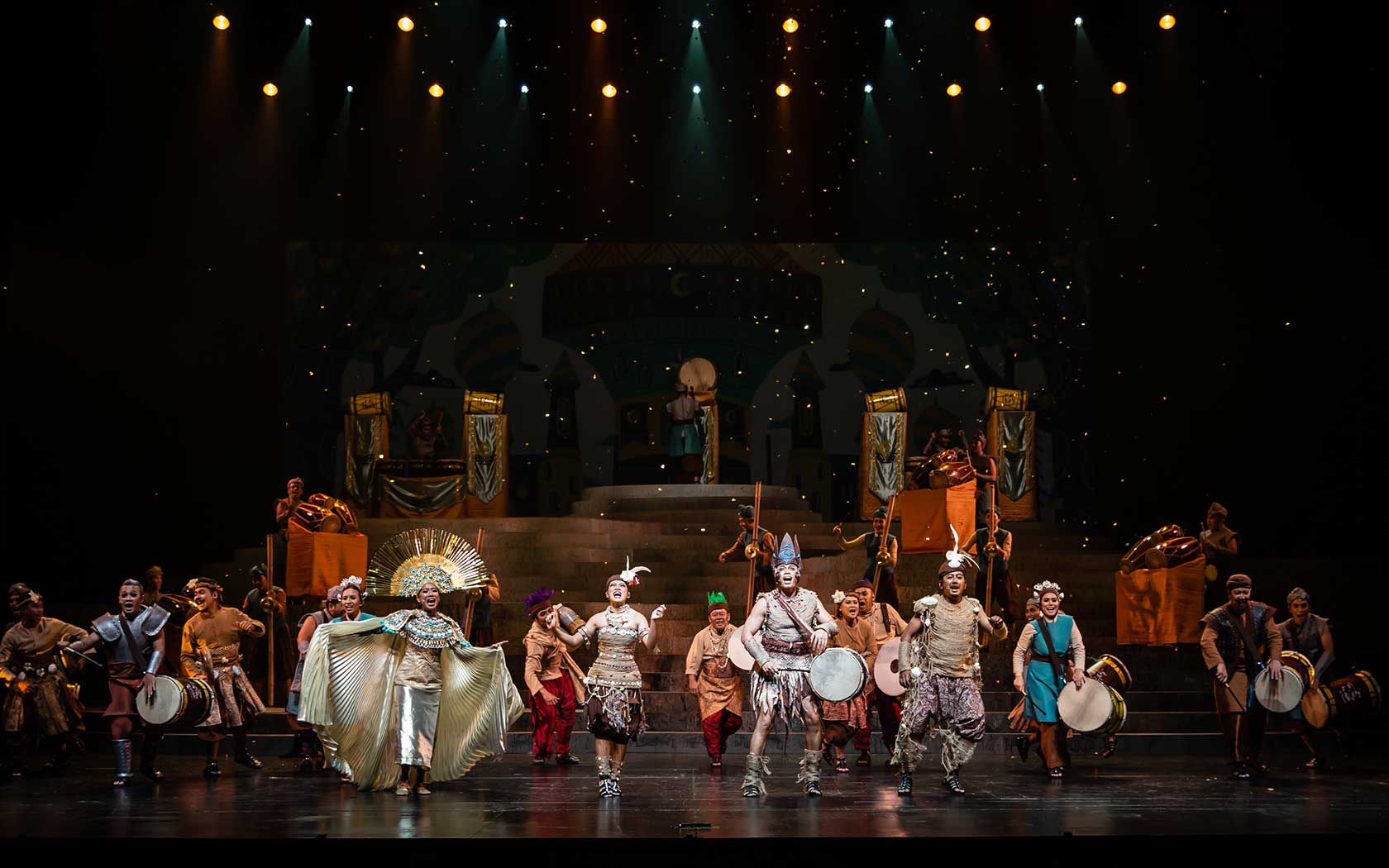Brought to the city-state by immigrants from Java, Indonesia in the late 1940s, kuda lumping, better known today as kuda kepang, is lived and performed through its descendants, despite criticism by the Islamic authorities for its perceived unruliness, leading to social misconduct and misdemeanor. Kuda kepang stems from archaic animistic beliefs, and is practised regularly in Indonesia as part of celebrations such as weddings and cleansing ceremonies, in which villagers seek spiritual protection to ensure good harvests and prosperity.
Typically, a kuda kepang performance features acts such as eating, walking on glass or embers, and its dancer-warriors are "whipped" by a pawang (shaman) and his assistants as part of the ritual. The performers, however, seemingly feel no pain, as they are in a state of trance—their bodies occupied by a spirit invoked by the pawang in an earlier part of the ritual.
In this session, leader of the group Kesenian Tedja Timur that performs kuda kepang, Iswandiarjo bin Wismodiarjo guides attendees in an investigation of the cultural and historical context of these practices, to examine possible associations with the supernatural, and if these were simply forms of traditional entertainment.












